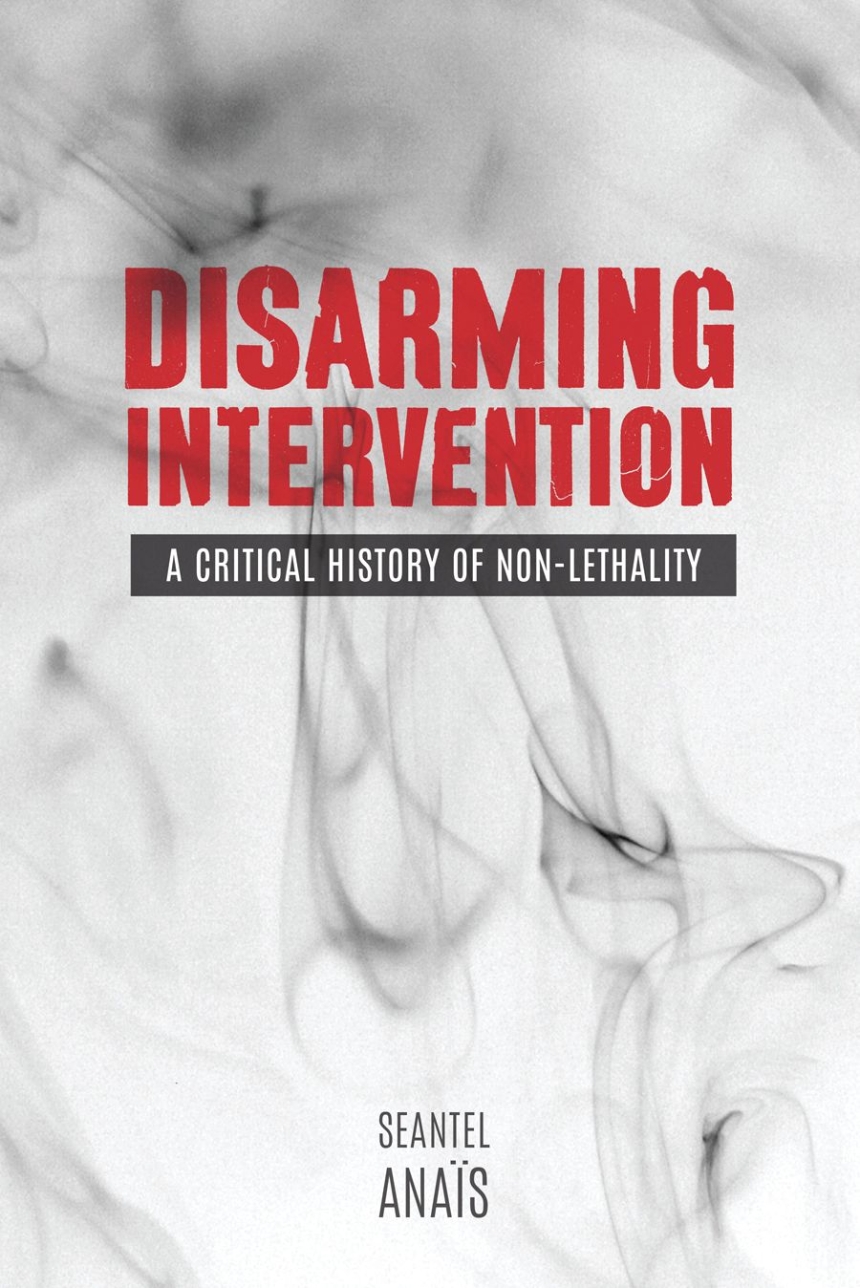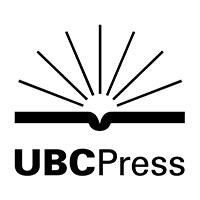9780774828543
9780774828536
Distributed for University of British Columbia Press
Disarming Intervention
A Critical History of Non-Lethality
Non-lethal weapons take many forms – from rubber bullets to electroshock and long-range acoustic devices – which their proponents argue are ethical, legal, and humane. Social scientists, historians, legal scholars, and activists have long challenged the use of non-lethal weapons in policing and war. Until now, little scholarly attention has been paid to the social, historical, and legal relations that animate the concept of non-lethality, nor is there a comprehensive account of how the concept has achieved social and political acceptance. Disarming Intervention tells the story of how the concept of non-lethality emerged in a series of nineteeth-century legal codes that governed the conduct of international hostilities, and how it continued to legitimate US-led armed conflicts as ethical, legal, and humane throughout the twentieth century.
Table of Contents
Introduction: On the Rise of Non-Lethality in Domestic and International Intervention
1 Locating Non-Lethality
2 Governmentality, Technology, and Security
3 The Conduct of Conflict: Historicizing Non-Lethality
4 Non-Lethality, Riot-Control, and the Governance of US Cities
5 “Softening Fires”: Non-Lethality in Vietnam
6 Tragic Consequence: University Unrest and the Ethico-Politics of Tragedy
7 Paper Traces: Towards a Genealogy of Non-Lethality
Conclusion: Articulations of Past and Present
Notes; References; Index

